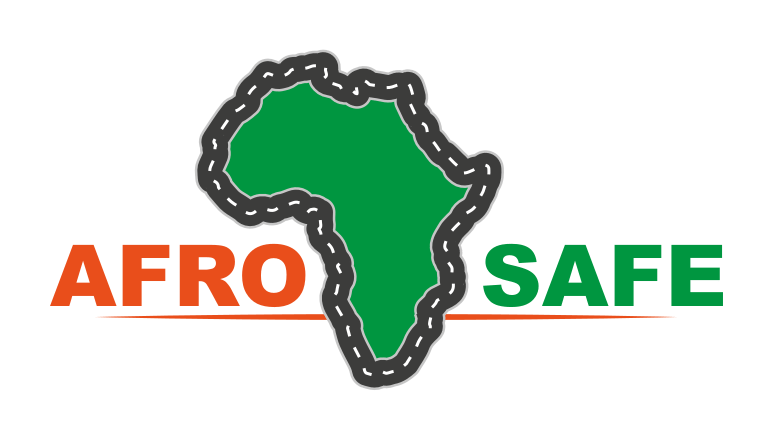Vulnerable road users are a key focus of AfroSAFE. Sonja Forward explains why it is important to pay closer attention to this group and how our work will contribute to safer roads, pedestrian-focused urban environments and ultimately a better quality of life.
Road traffic accidents are a global health problem claiming approximately 1.3 million fatalities per annum. For children and young adults (aged 5-29 years), road traffic injuries are the leading cause of death. In African countries, pedestrians are most at risk and fatalities account for 40% of overall deaths. The growth of motorisation in some African countries is most likely to result in even more pedestrians being killed. Another consequence of an increase in motor vehicle usage is that pedestrians are forced off the streets and are subject to both pollution and noise.

Focus on vulnerable road users
Those responsible have a particular moral obligation to ensure that the traffic system is safe for pedestrians, and especially the most vulnerable in society, such as children, the elderly and the disabled. Instead of positioning vulnerable users as ‘less important’ in the traffic system, AfroSAFE puts this group at the centre. Various participatory techniques and tools will ensure the inclusion of even the most vulnerable and marginalised road users. A key outcome of this work would be practical recommendations for safer integration of this group in the traffic environment.
Safer roads and pedestrian-focused urban environments
An important goal of AfroSAFE is to contribute to pedestrian-friendly and more human-focused urban environments, as well as helping to recapture living spaces taken away by traffic and roads. The Safe System approach is focused on designing traffic in a way that fatalities are prevented. Policies and interventions applying this approach have a great potential to reduce the accident risk for vulnerable road users. Whilst it is important to focus on traffic safety, we should also not forget all the positive aspects of walking, which is cheap, environmentally friendly and has positive impacts on a person’s health. Walking is also the most democratic way of travelling, since people without access to a car can also benefit from what society has to offer. Taken together, these positive aspects contribute to a better quality of life – physical, psychical and social. The dimensions can be illustrated as follows:
- Physical – health status;
- Psychical – self mastery, self-efficacy, love, satisfaction, happiness, morale, self-esteem, perceived control over life, social comparisons, expectations of life, beliefs, aspirations
- Social (private) – social network, social support, level of income, education, job. Social (public) – community, climate, social security, quality of housing, pollution, aesthetic surroundings, traffic, transport, incidence of crime, equality, equity.
The three dimensions interact with each other and if one domain changes then the others will follow. For instance, studies have found that social interactions result in improved self-esteem and personal and social competencies.
Towards a better quality of life
Studies have found that communities that provide a high quality of life often have a competitive advantage when they try to attract both individuals and businesses. However, evidence suggests that the continuing urban growth and what that entails are not always sustainable and can destroy what we today value as contributing to our quality of life.
Through enabling safer roads and pedestrian-focused environments in African countries, AfroSAFE ultimately aims to contribute bringing about a better quality of life. The vision for urban environments that put quality of life at the centre can be formulated as follows:
- Everybody should be able to walk freely and comfortably in a secure, beautiful and lively urban environment.
- No one should be hurt or injured.
- The pedestrian should not be subordinated to other vehicles.
- The pedestrian should be the final arbiter as to the success or failure of urban planning.



